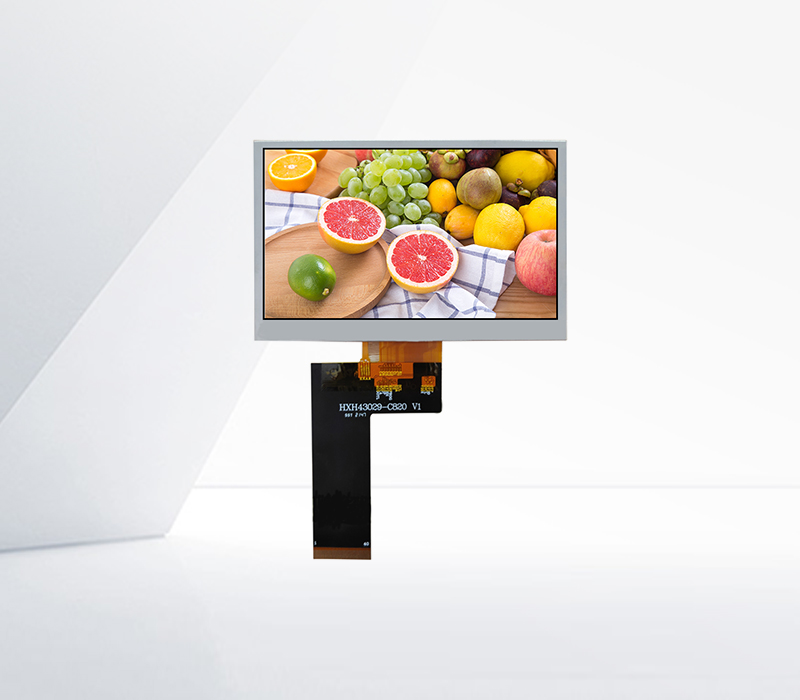




The interface of an LED display is the gateway for transmitting data and power, enabling seamless communication between the display and external devices. Different interface types offer varying levels of performance, compatibility, and functionality.
One of the most common interface types is the Digital Visual Interface (DVI). DVI interfaces are widely used for their ability to transmit uncompressed digital video signals, providing high - quality image reproduction. There are two main types of DVI interfaces: DVI - D (Digital - only) and DVI - I (Integrated, which supports both digital and analog signals). DVI - D is preferred for modern digital LED displays as it eliminates the need for digital - to - analog conversion, reducing signal degradation and ensuring sharp, clear images. However, DVI has limitations in terms of cable length and the number of displays it can support simultaneously.
High - Definition Multimedia Interface (HDMI) has gained popularity due to its versatility and high - speed data transfer capabilities. HDMI interfaces can carry both high - definition video and multi - channel audio signals in a single cable, simplifying the connection process. It supports various video resolutions, including 1080p and 4K, making it suitable for high - end LED displays. HDMI also offers features like High - Bandwidth Digital Content Protection (HDCP), which ensures the secure transmission of copyrighted content. With the development of HDMI standards (e.g., HDMI 2.0 and 2.1), it can handle higher refresh rates, increased color depths, and enhanced audio formats, meeting the demands of advanced LED display applications.
Another important interface is the DisplayPort. DisplayPort is designed to provide high - performance digital display connectivity, supporting even higher resolutions and refresh rates than HDMI in some cases. It uses a packet - based data transmission system, which allows for more efficient use of bandwidth. DisplayPort also supports features such as Multi - Stream Transport (MST), enabling a single DisplayPort output to drive multiple displays simultaneously. This makes it an ideal choice for applications like video walls and large - scale LED display installations where multiple panels need to be synchronized.
In addition, some LED displays use specialized interfaces developed by manufacturers, such as the Novastar - developed HUB interfaces. These interfaces are optimized for specific LED display systems, providing features like high - speed data transmission, simplified wiring, and enhanced control capabilities tailored to the unique requirements of the display.
